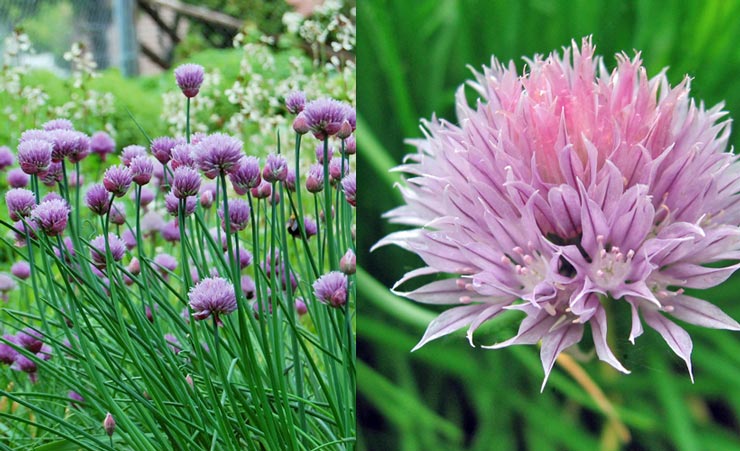
Chives have insect-repelling properties that can be used in gardens to control pests.
Chives are a commonly used herb and can be found in grocery stores or grown in home gardens. In culinary use, the scapes and the unopened, immature flower buds are diced and used as an ingredient for fish, potatoes, soups, and other dishes.
The leaves of chives are used in all kinds of sauces and salads to lend a delicate onion flavor. Flat-leaved garlic chives combine the flavor of onion and garlic.
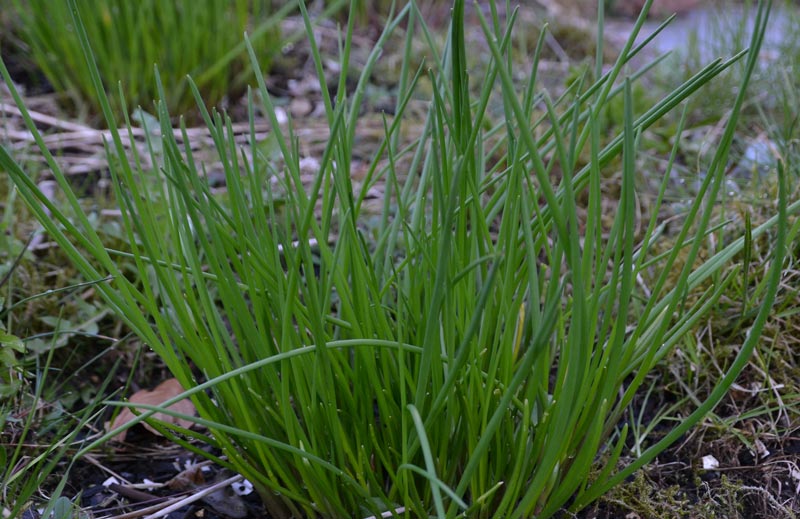
About This Plant
Once you plant chives in your garden, chances are you’ll always have them. Chives are hardy perennial plants and can be easily dug up and divided when they get too large. Plus, the attractive purple flowers scatter their seeds, so you likely see numerous chive seedlings each spring.
Site Selection
Choose an area in full sun to part shade. Chives prefer rich soil and will tolerate either moist or dry conditions.
Planting Instructions
Start plants from seed, purchase a plant or two, or dig up part of a clump from a neighbor’s garden. If seeding, plant in mid-to-late spring. Sow in clusters 1 to 1-1/2 feet apart.
Care
Water young plants throughout the growing season. Once established, mature chive plants need minimal care. Remove flowers after they bloom to prevent plants from self-sowing. Small clumps of plant potted in the fall will grow indoors. Divide the plants every three or four years.
Harvesting
You can begin harvesting about six weeks after planting or as soon as established plants resume growth in the spring. As you need leaves, cut the outer ones right back to the base. Use them fresh or frozen; they do not retain their flavor well when dried.
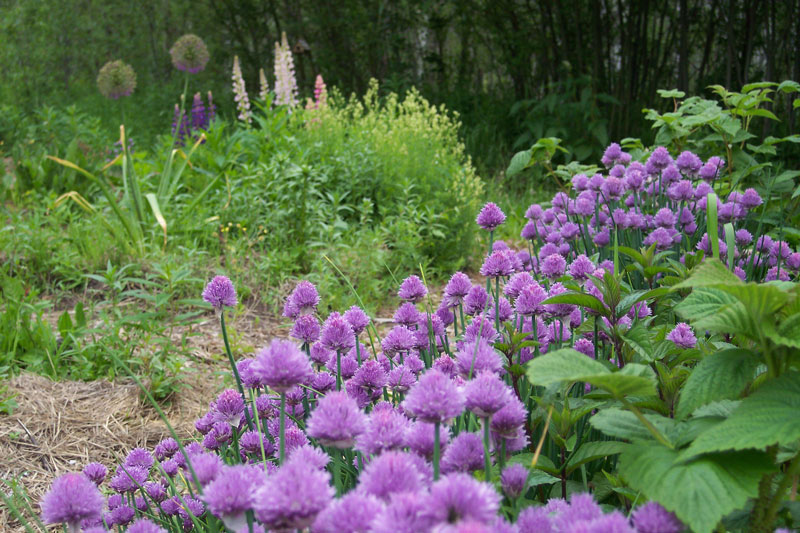

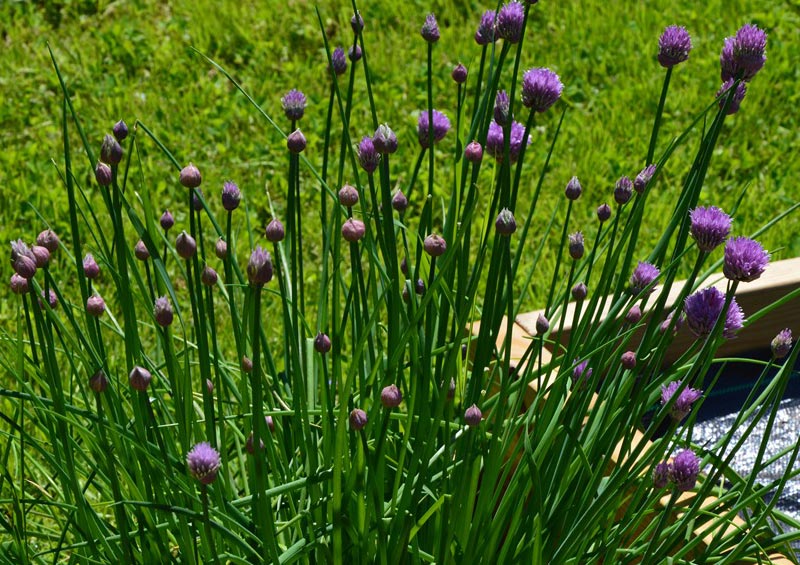
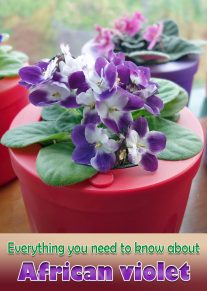
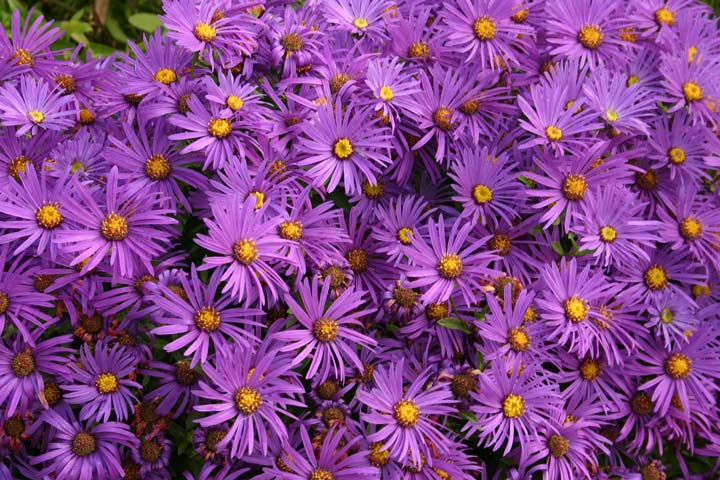

Leave a Reply